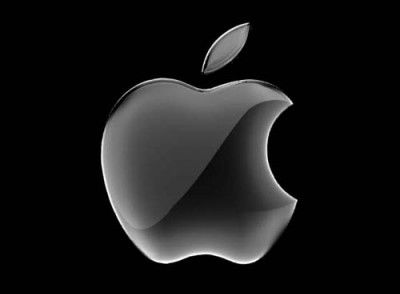Apple Working On Curved Glass iPhone – Report

iPhones released in 2014 will feature 5.5-inch displays and possibly be pressure-sensitive, according to a report
The iPhones planned for fall 2014 will feature displays larger than those on current models, glass that curves and pressure-sensitive sensors, according to Bloomberg.
The new models could feature larger displays with glass that curves downward at the edges, said the report, which also hinted that sensors capable of distinguishing heavy or light touches on the screen may be incorporated into subsequent models.
The new screen sizes Apple has planned are 4.7 inches and 5.5 inches, according to the report, which added that the new iPhone designs are “still in development” and may change.
Size matters
In September, Samsung, the world’s best-selling smartphone maker, introduced the Galaxy Note 3, a “phablet” with a 5.7-inch display, and in October it unveiled the Galaxy Round. For now only available in South Korea, the Round features a 5.7-inch Full HD Super AMOLED display that’s curved lengthwise — its long sides gently tilted towards the front of the device.
 Days later, LG Electronics introduced the G Flex, with a 6-inch display that’s curved from top to bottom. Its face-cradling shape was inspired, said LG, by landline telephones.
Days later, LG Electronics introduced the G Flex, with a 6-inch display that’s curved from top to bottom. Its face-cradling shape was inspired, said LG, by landline telephones.
Samsung has succeeded in encouraging popular tastes for large displays—its Galaxy S III, launched in May 2012, featured a 4.8-inch display and was a tremendous success, forcing competitors to push toward the 5-inch mark and beyond. Display sizes are an area where Apple has been conservative, however, striving for one-hand usability and increasing its displays to 4 inches only after five generations of devices with 3.5-inch displays.
But Apple has been alone in its hesitance to grow its display sizes.
During the third quarter of 2013, 22 percent of the 251 million smartphones that shipped had displays that are 5 inches or larger, according to Canalys. Of those 56 million phones, 66 percent had a 5-inch display, while 31 percent were between 5 and 6 inches. Only 3 percent had displays 6 inches or larger.
This summer, Samsung introduced the Galaxy Mega, which has a 6.3-inch display, and Nokia followed in October with the Lumia 1520 and 1320—both with 6-inch displays. But for the market for 6-inch devices to really take off, Canalys analysts believe Samsung will need to put serious marketing dollars behind the Mega—a thing it hasn’t yet done.
Apple, like Samsung, has been expected for some time to enter the curved-display market, just as both are thought to be testing the next innovation — bendable displays.
In March, Apple filed designs with the US Patent and Trademark Office that showed devices that made use of the front and the back of the device for purposes of display, along with a tube of sorts from which flexible displays could be taken out and unrolled.
In January, Samsung introduced the Youm brand, showing off displays that appeared to be the texture of photo negatives (rollable but foldable). And in August, it announced a contest, calling for the “most innovative designers, hardware engineers and entrepreneurs” to develop product ideas for flexible displays.
Bloomberg added that Apple’s testing of new materials is in line with its history of “working with suppliers to produce new technologies that can enhance device functions.” Apple declined to comment on the report.
What do you know about the iPhone 5S and 5C? Take our quiz!
Originally published on eWeek.